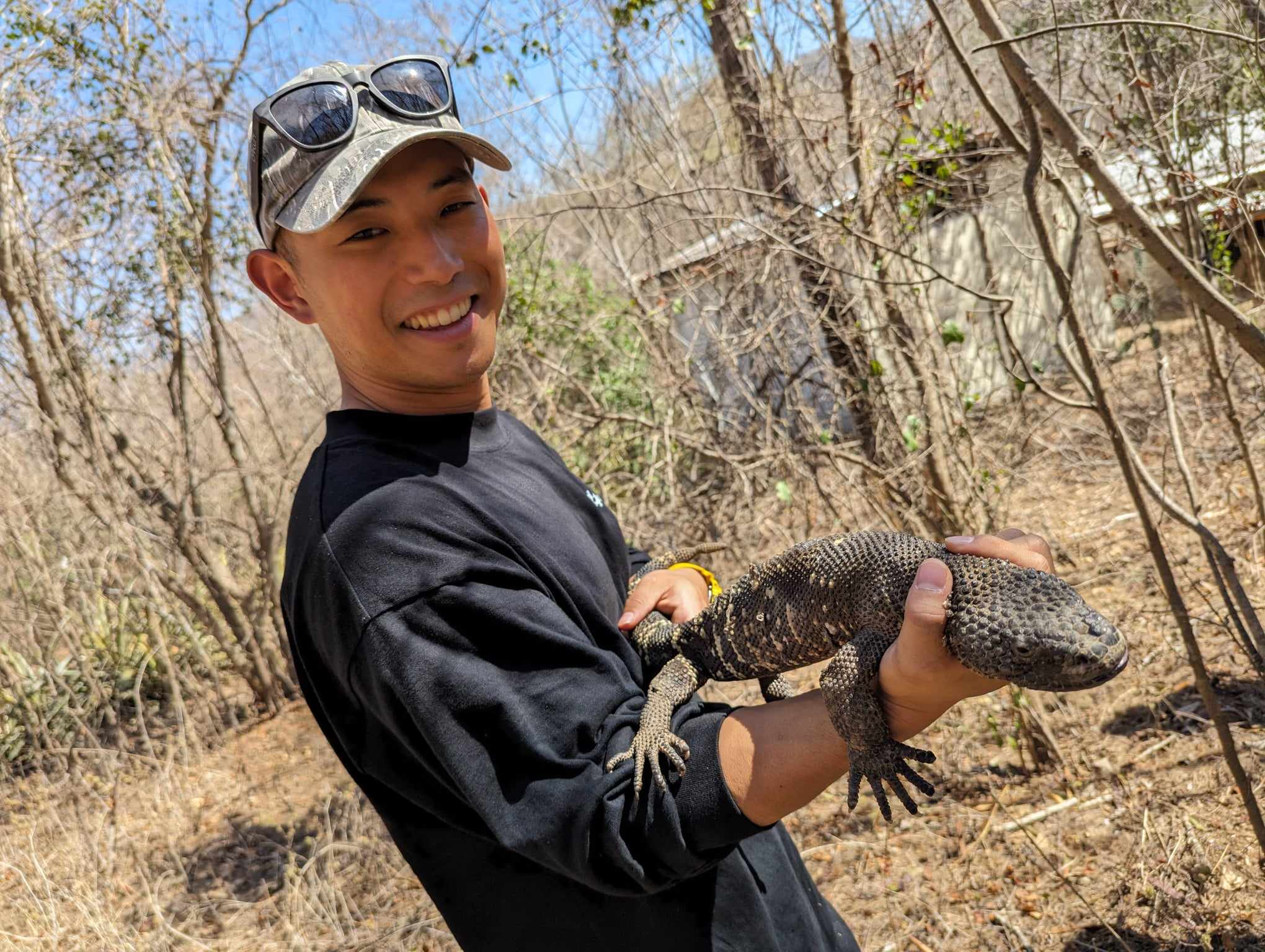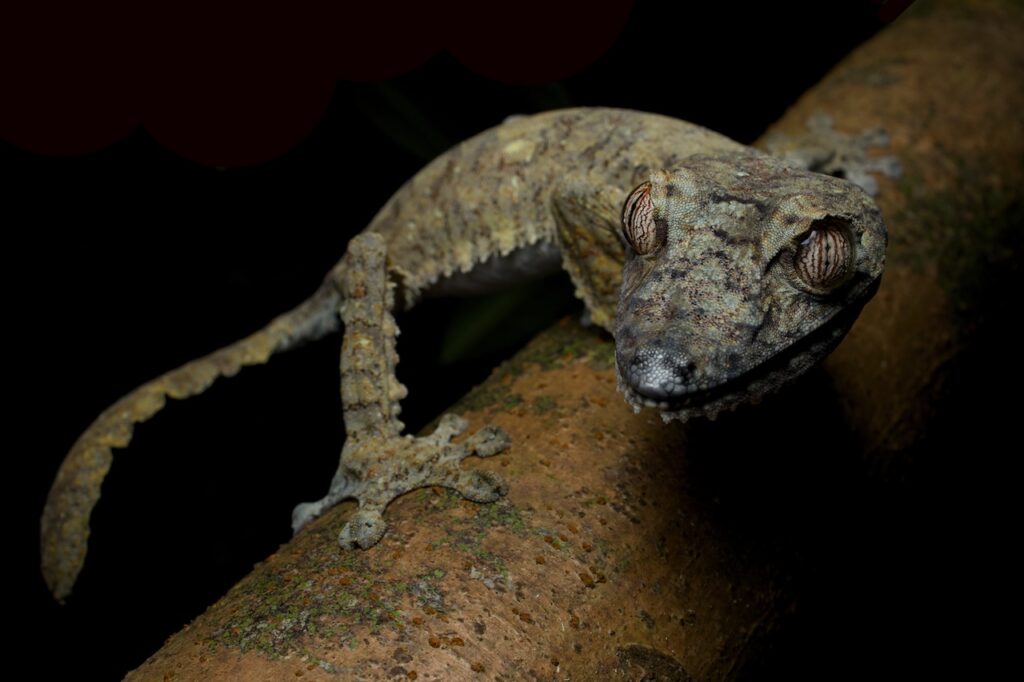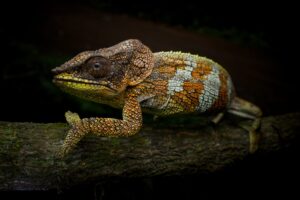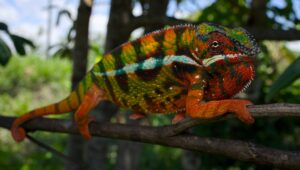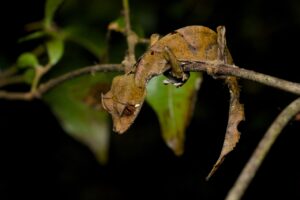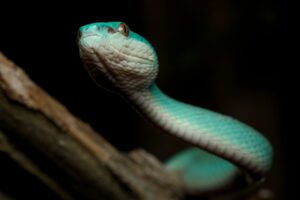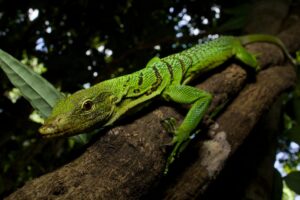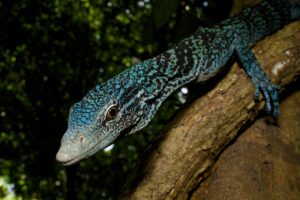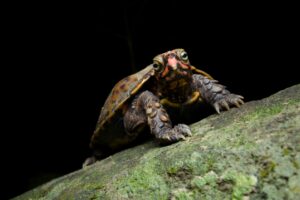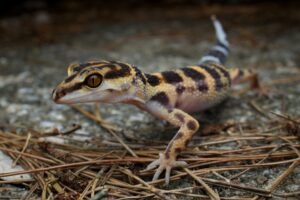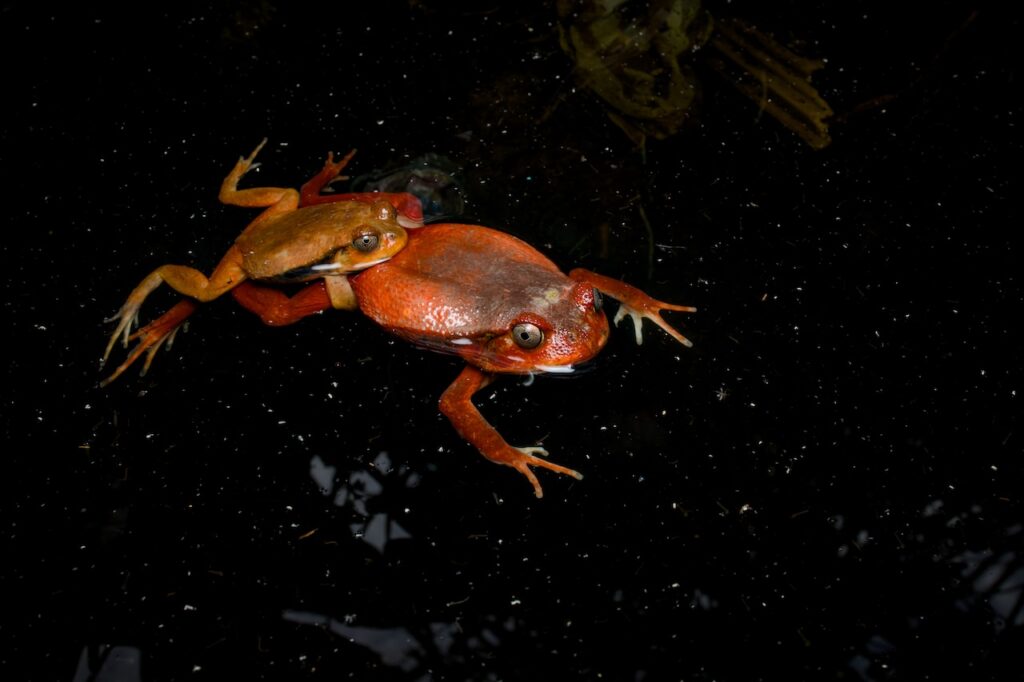
Introduction
The Tomato Frog (Dyscophus antongilii), known for its vivid red, rounded body, is one of the most striking amphibians in Madagascar. I recently went searching for this species in the wild, and in this article, I’ll share how and where you can find them.
Maroantsetra – The Heart of the Tomato Frog’s Habitat
My search took place in Maroantsetra, a small town in northeastern Madagascar. This area receives heavy rainfall throughout the year and lies within one of the country’s most biodiverse tropical rainforests. It’s truly a biological hotspot, home to countless endemic species.
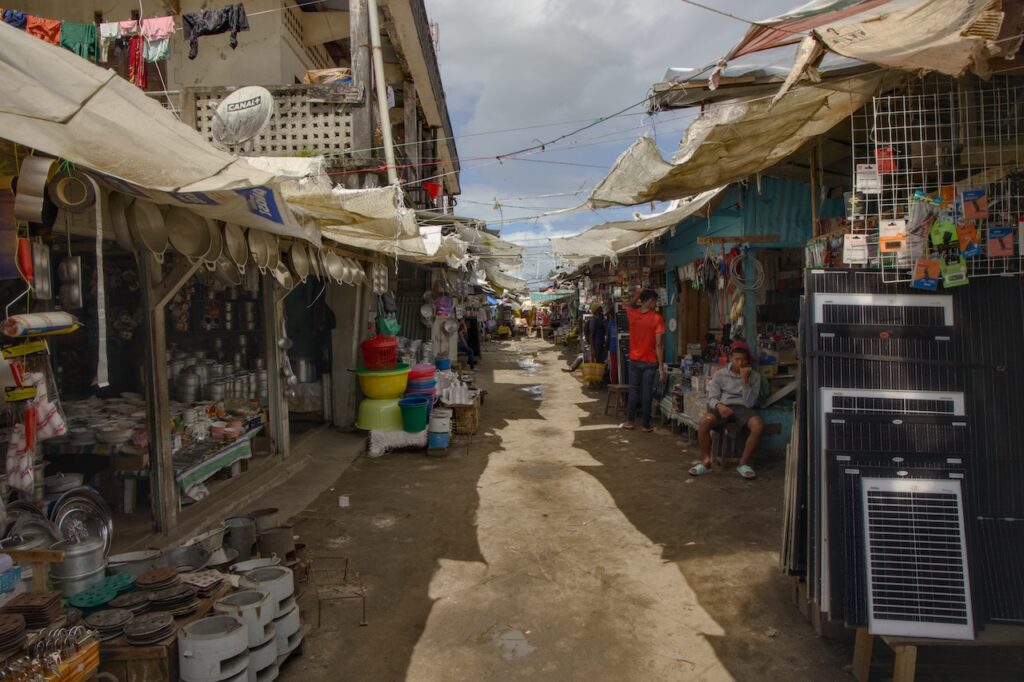
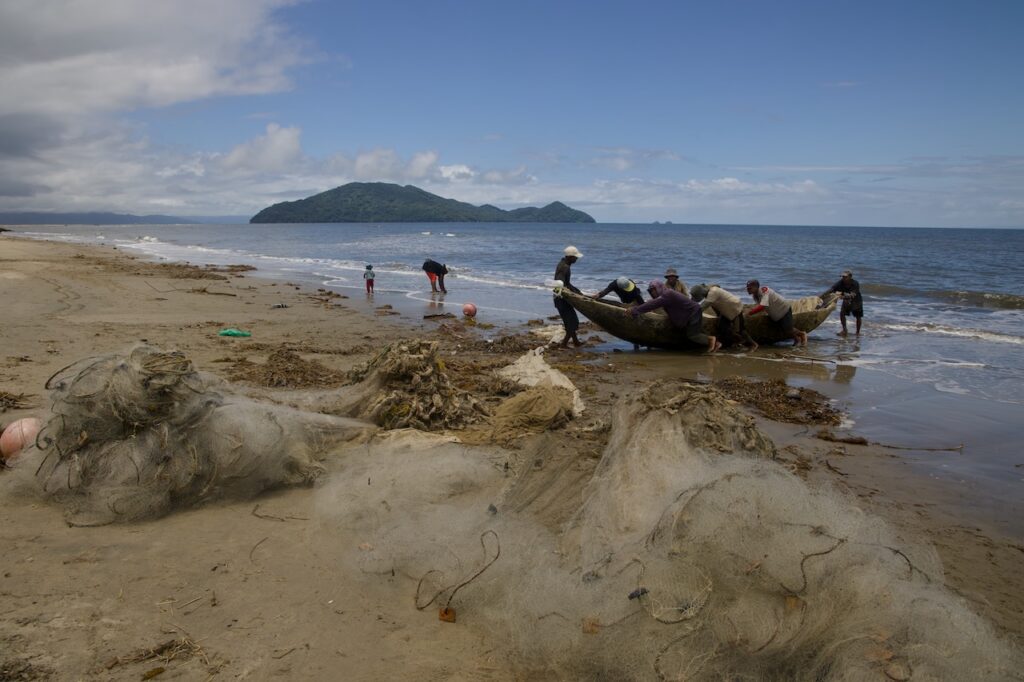
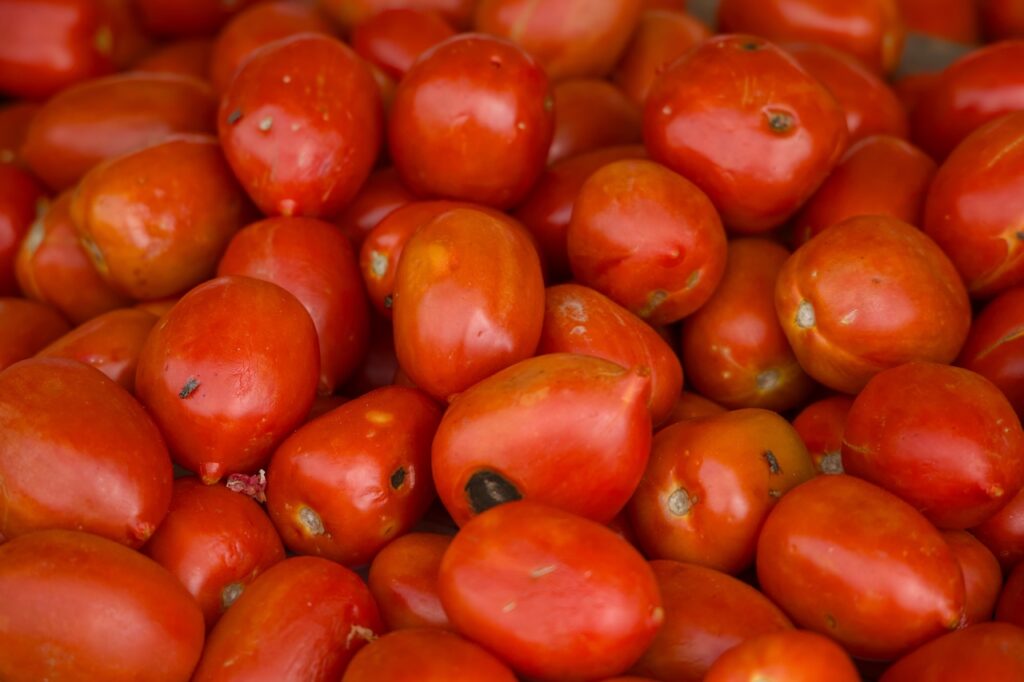

Where to Find Tomato Frogs
Surprisingly, you don’t need to venture deep into the forest to see a Tomato Frog. Despite the proximity of nearby nature reserves and national parks, these frogs are often found right in the town, especially in drainage ditches and wastewater channels.
The reason lies in their ecology—tadpoles of the Tomato Frog depend on bacteria commonly found in human wastewater. So, while the species looks pristine and jewel-like, the best places to find them are often urban and muddy.
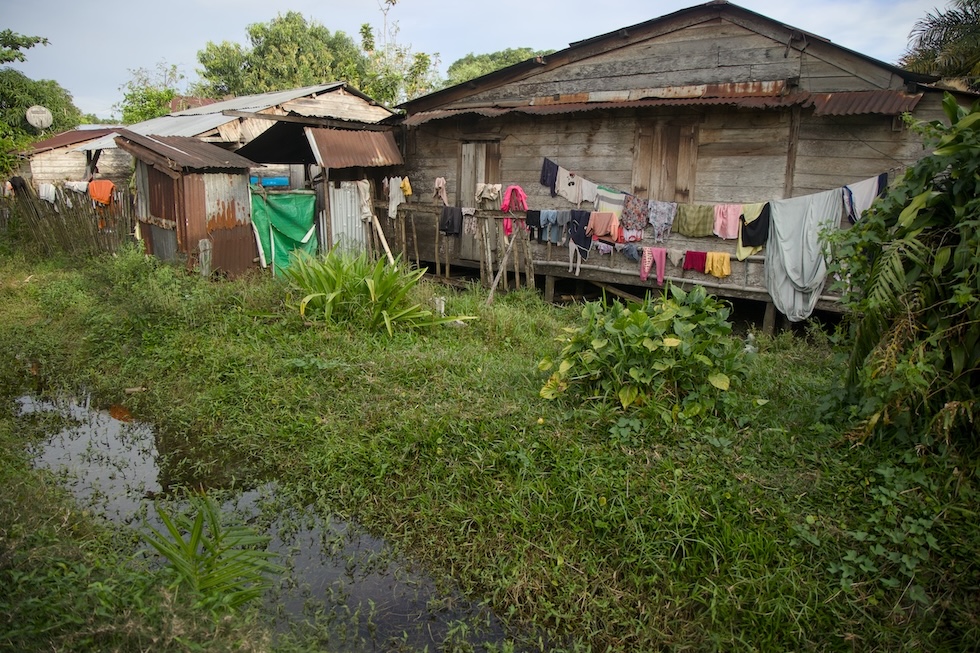
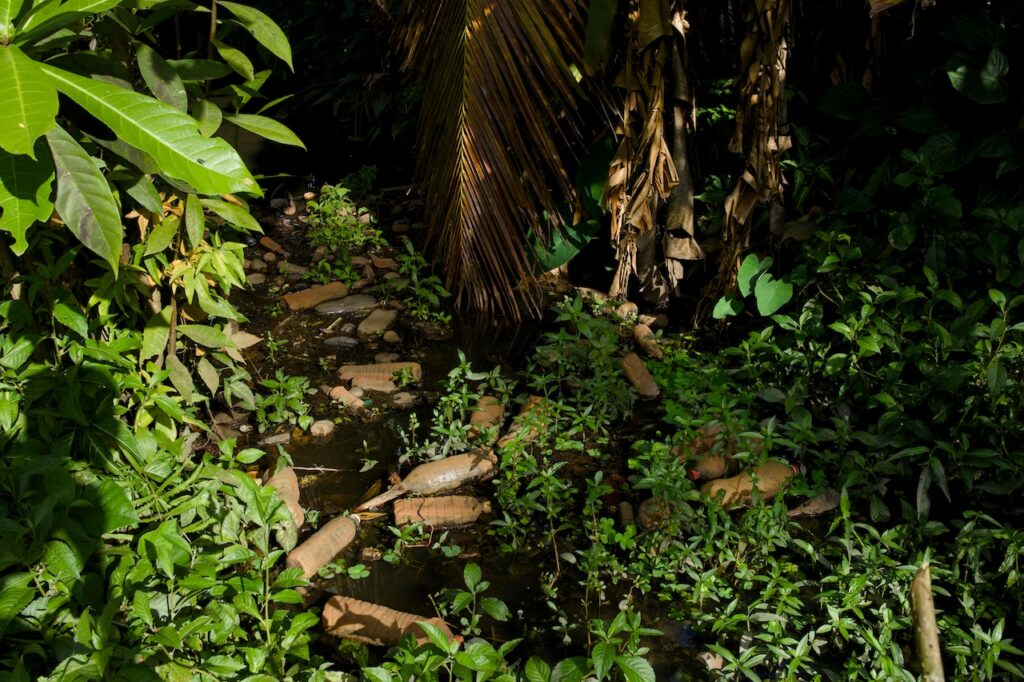
Local Conservation and Misconceptions
In Maroantsetra, you’ll notice several signs promoting Tomato Frog conservation. In the past, local people believed the frogs were highly poisonous, and they were sometimes killed on sight. Thanks to ongoing education and conservation campaigns, such incidents have significantly decreased.
When you find these conservation signs, you’re likely near a Tomato Frog habitat. Many of these areas are private property, so always ask local residents for permission before entering—and don’t forget to offer a small tip as a sign of respect.
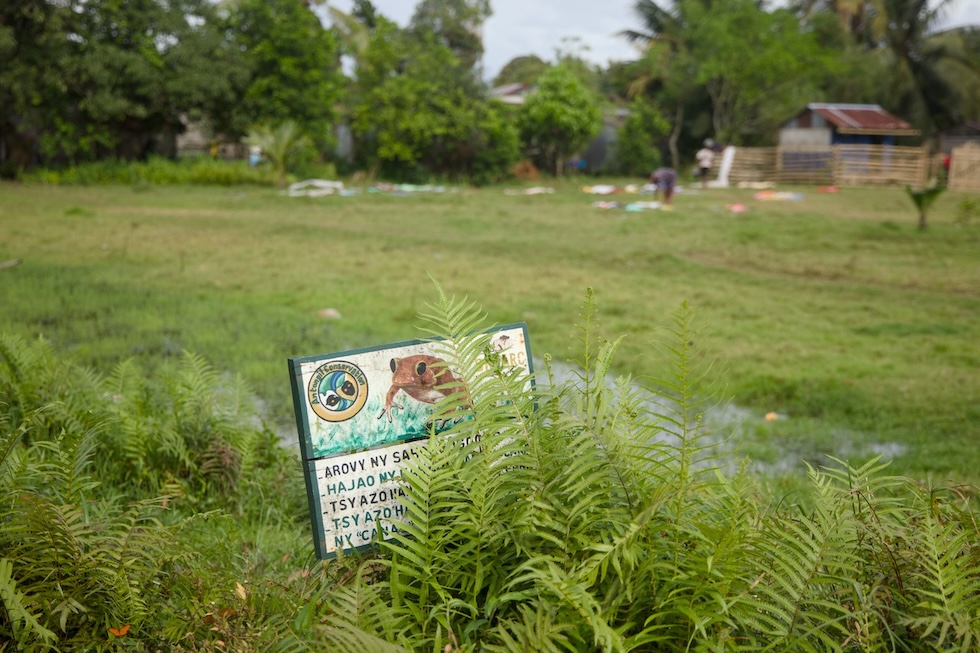
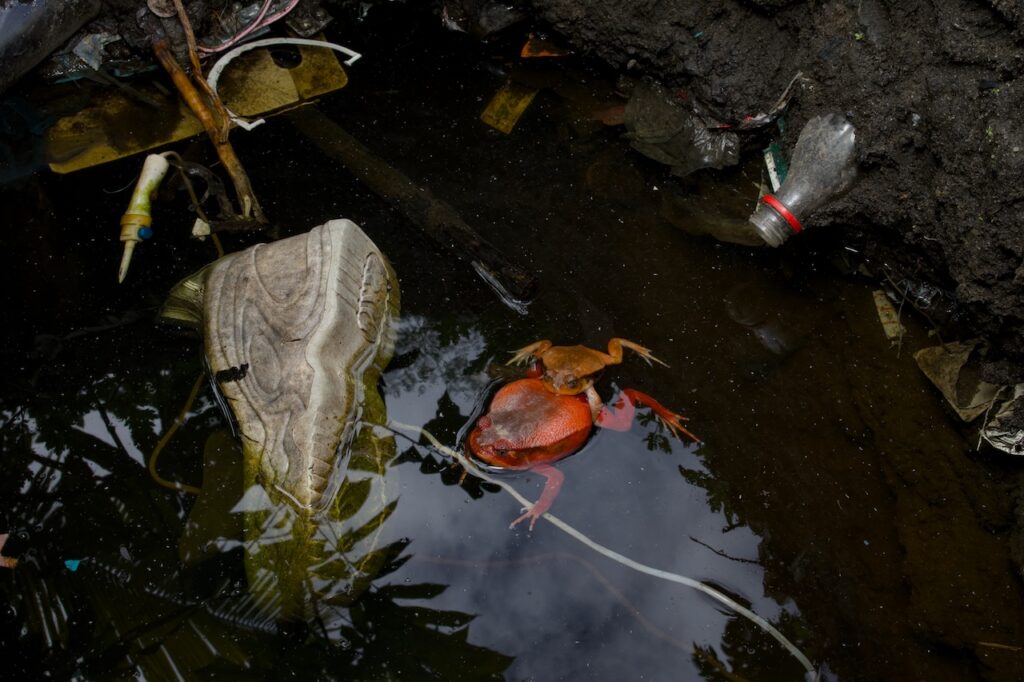
What Kind of Places to Search
Don’t be surprised if you spot a Tomato Frog near laundry water drains, trash-strewn corners, or other seemingly dirty spots. These frogs thrive in places with both water and organic matter—so the least “picturesque” locations often yield the best sightings.
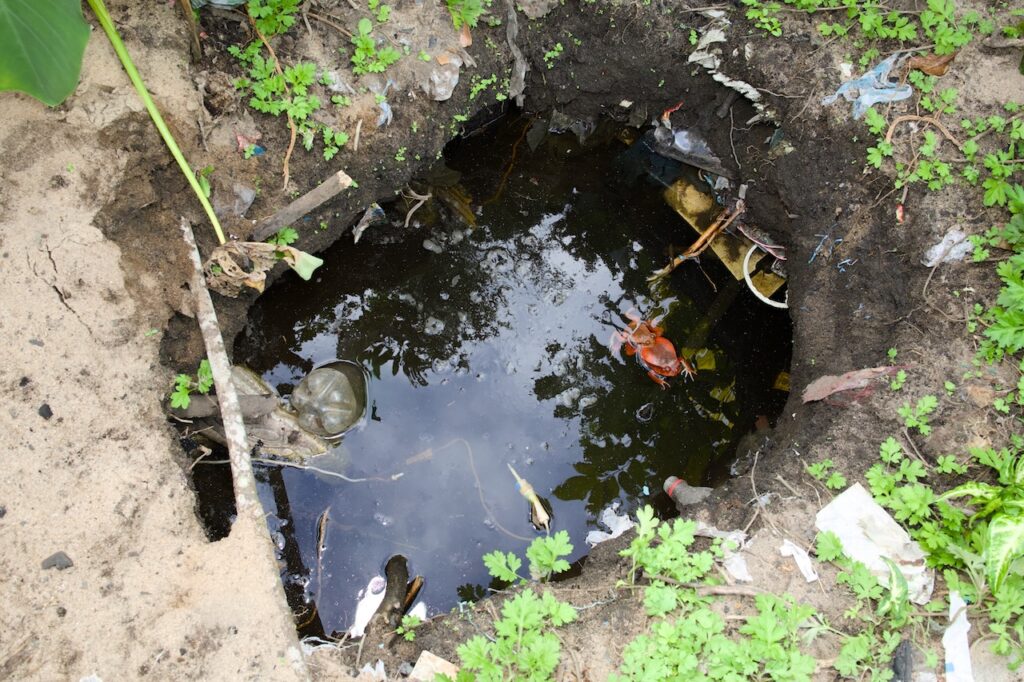
Climate and Conditions
Tomato Frogs live in constantly humid environments, though temperatures fluctuate with the seasons.
- Hot season: up to 35 °C
- Cooler months: around 20 °C
During my visit, daytime temperatures reached 32 °C with 60% humidity, while a rainy night dropped to 20.5 °C with 99% humidity—perfect conditions for amphibians.
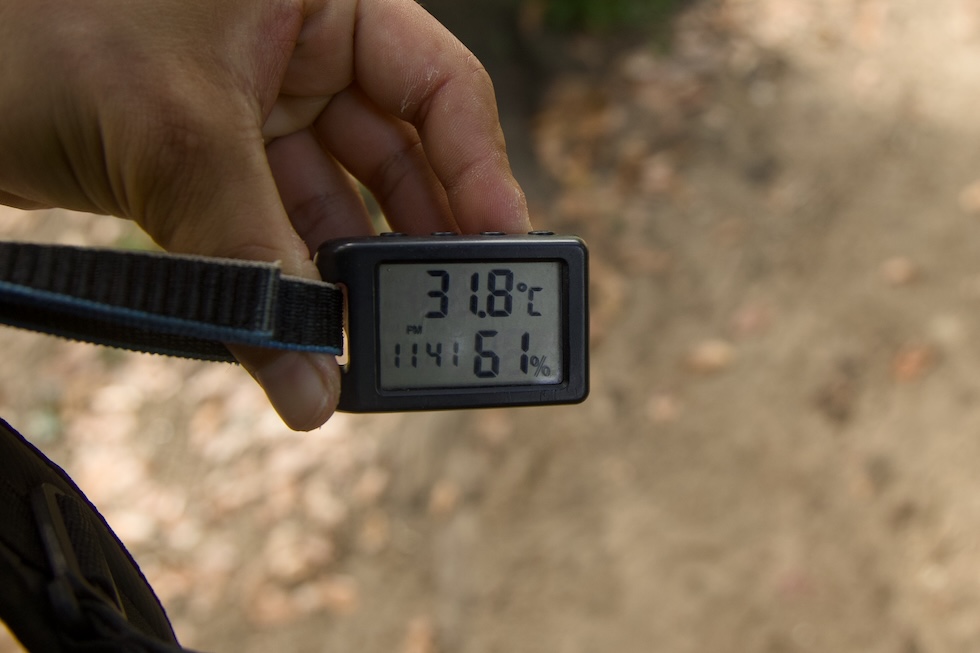
Conclusion
The Tomato Frog is not only beautiful but also a fascinating example of how wildlife adapts to human-modified environments. If you’re planning a field trip to Madagascar, consider visiting Maroantsetra—it offers one of the best chances to see this vivid amphibian up close.
In our upcoming fieldwork program, we’ll explore these habitats and observe the Tomato Frog in the wild. Stay tuned if you’d like to join or learn more about the experience.
Madagascar Rare Wildlife Special | Discover Unique Creatures in the Northeastern Rainforest

